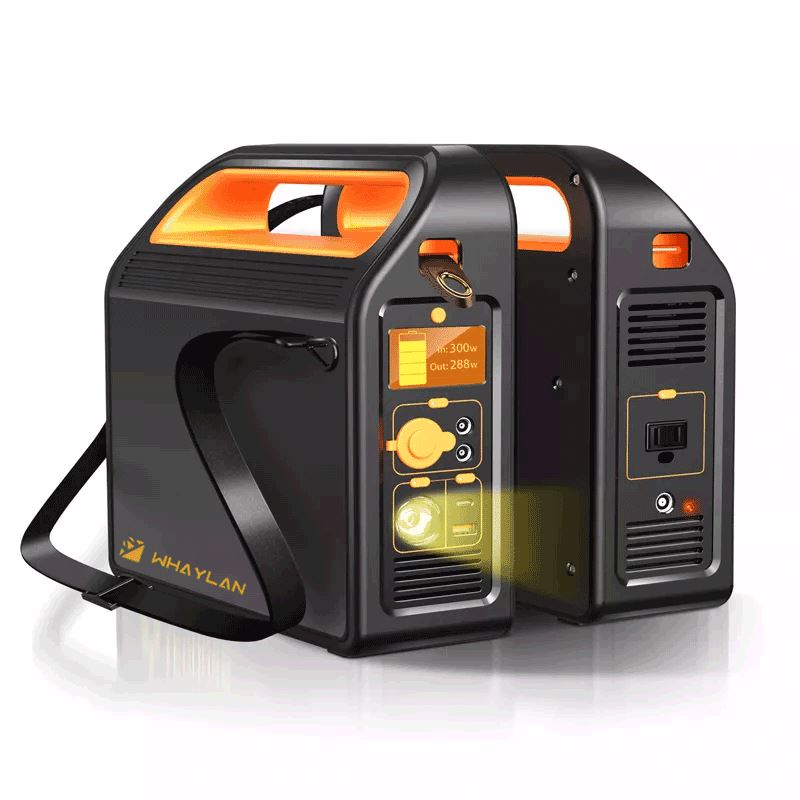The operational amplifier is the heart of analog circuits. Mastering its principles and applying it effectively in circuit design is essential for any electronics engineer. Understanding the key parameters of an op-amp, such as input impedance, output impedance, bandwidth, and slew rate, is crucial for reliable performance.
In most analyses, two fundamental concepts are remembered: virtual short and virtual open. These ideas form the basis for analyzing various op-amp applications. A virtual short means that the voltage difference between the two input terminals is nearly zero, while a virtual open implies that no current flows into the input terminals. However, these assumptions only hold when the op-amp is operating with proper negative feedback; otherwise, they do not apply.
During an accidental design task, I encountered an issue where the power supply voltage was insufficient. The op-amp had a ±15V supply, but I needed to output a 0–25V signal. Normally, with standard negative feedback, the maximum output would be 0–15V. I thought, why can't we get 0–30V by combining the 0–15V output with -15V?
Acting on the idea, I realized the real problem wasn’t about the op-amp’s output range, but rather the stability of the -15V supply. It wasn’t perfectly regulated, so directly adding the 0–15V output to -15V wouldn’t work. Instead, I had to include the -15V in the feedback loop to maintain stability.
Eventually, I designed a circuit where U5 was the main op-amp, and U6 and U7 formed a feedback network. R10 was a matching resistor and could be ignored during analysis. U7 acted as an inverting amplifier with a gain of -1/20, using resistors R36=R33=100kΩ, R31=190kΩ, and R32=10kΩ. Then, U6 functioned as an inverting adder, summing the output of U7 with the -VCC supply. This allowed the final output to reach up to +2VCC, shifting the range from -VCC to 0–2VCC.
It's important to note that the resistor values in the proportional amplification stage should be large enough to avoid offset errors and ensure accurate gain. The real challenge in op-amp design lies in setting up the feedback loop correctly—how to introduce feedback and how to generate the feedback voltage are key considerations.
This design successfully met the requirements, proving that understanding the feedback mechanism is critical for achieving desired performance.

Whaylan 600W portale power stations have Large capacity, high endurance, a variety of ports, at any time for your need to charge the equipment. Completely say goodbye to the anxiety of outdoor electricity and devote yourself to an outdoor activity. At the same time, it can be equipped with solar panels to charge the power supply. The energy storage technology of lithium battery is combined with the clean renewable energy of solar energy to truly realize the enjoyment from day to night.
600W power station,solar station,bluetti 600w,lithium generator
suzhou whaylan new energy technology co., ltd , https://www.xinlingvideo.com